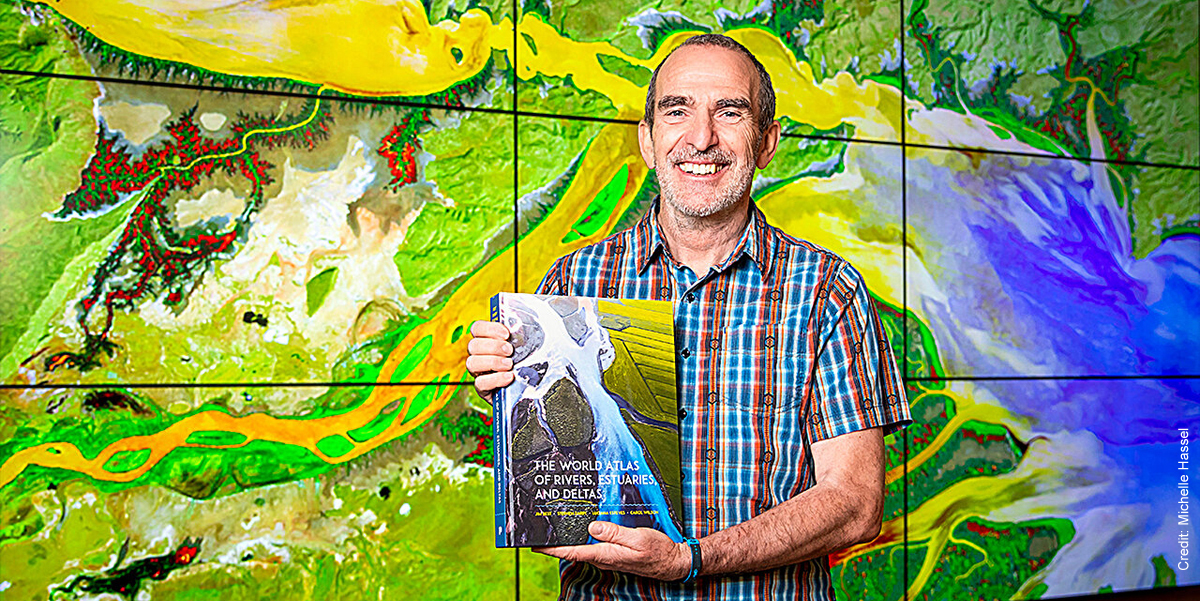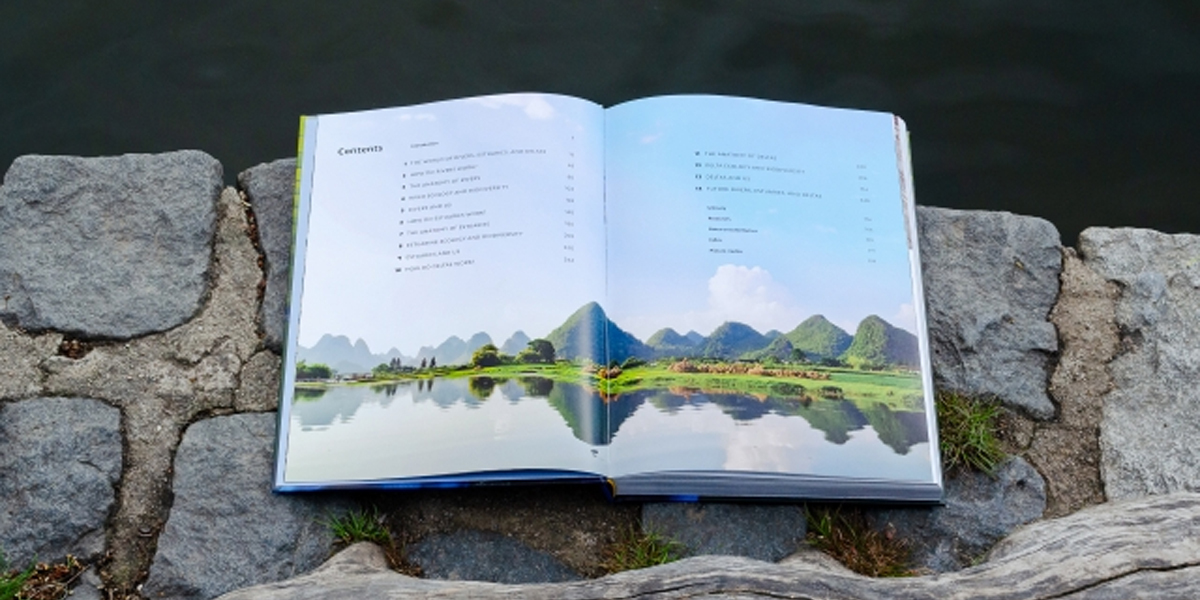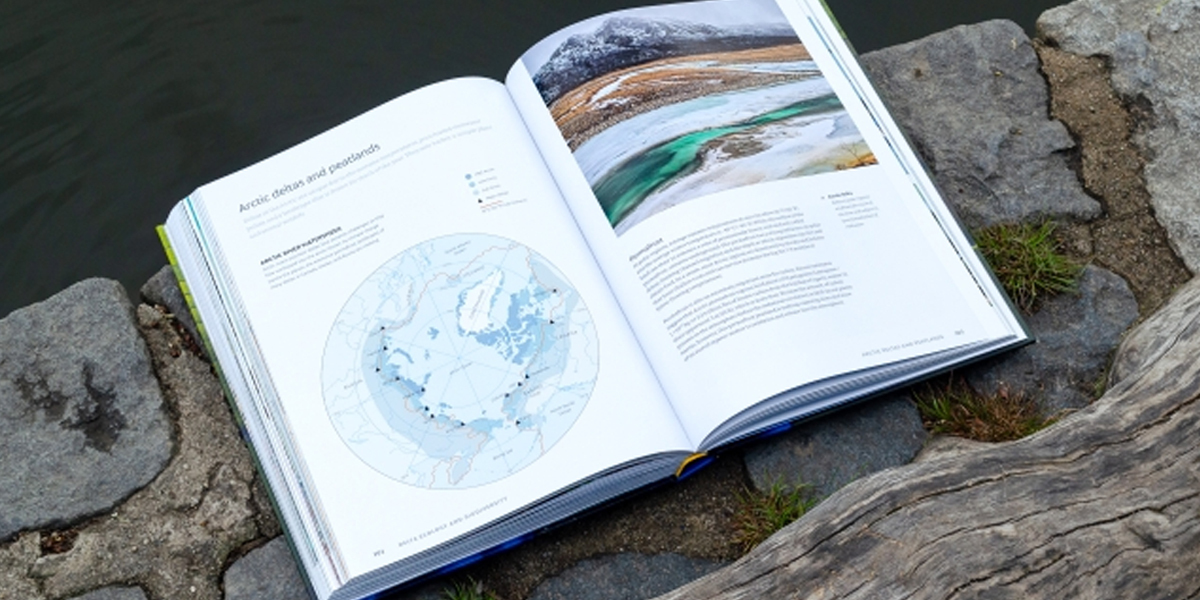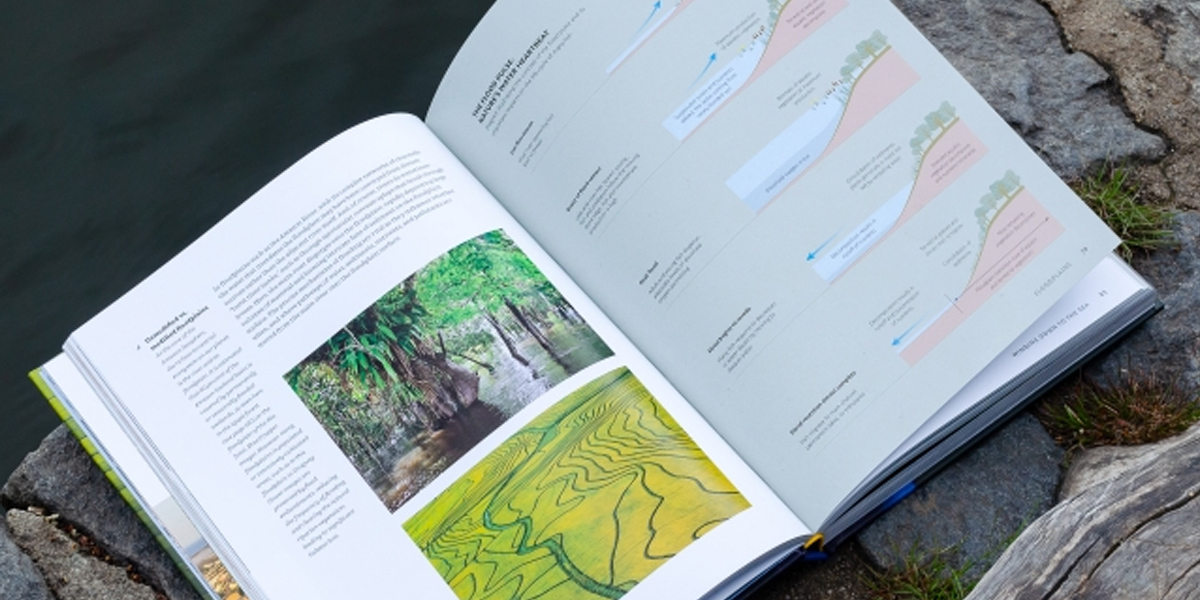In a new atlas, University of Illinois Urbana-Champaign professor Jim Best (pictured) used the latest research and visually intensive storytelling to highlight the history, culture, change and restoration efforts of the world’s river systems.

The word "atlas," may conjure images of giant books chock full of maps and a dizzying array of facts and figures. However, the new book "The World Atlas of Rivers, Estuaries, and Deltas" tells the story of these waterways long before human intervention and how they continue to evolve in the presence of—and often at odds with—human civilization. The new atlas is a highly visual guide to the most up-to-date research on the world's river systems, with an emphasis on the mutual relationship between people and these vital landscapes.
"The overall goal of the book is to drive home the importance of river systems on human civilization and ecosystems, and how these critical environments are at risk, but that it is not too late to make changes," said co-author Jim Best, who is a professor of earth science and environmental change, and geography and geographic information science at the University of Illinois Urbana-Champaign. "We hope this work will reach a much broader audience than we typically engage with as researchers."
Best and co-authors Stephen Darby, Luciana Esteves and Carol Wilson take the reader on an adventure far beyond anything facts and figures can offer. They dive headfirst into the cultural, economic and climate/environmental change aspects of these river basins while providing the latest information from conventional means of study of the physical, chemical and biological elements of these environments—all done with an emphasis on storytelling through captivating imagery, infographics, maps and plain language text.

The authors set the scene by discussing rivers' essential role in early exploration, settlement and mapping, long before we had access to aerial photography and satellite imagery for reference.
Fans of historical maps can spend hours deciphering the puzzle that is Italian cartographer Fra Mauro's 1450 map of the world—one can spot the Tigris, Euphrates, Nile and Ganges Rivers and the shapes of several vaguely familiar bodies of water before realizing that the map is oriented with north at the bottom. This mental exercise illustrates how river systems were essential in shaping the trajectory of human exploration and civilization on the planet.

The book's layout is straightforward and intuitive, with sections covering each unique landscape rivers, estuaries and deltas. Each section uses plain language to engage the reader and help them understand waterway anatomy, sediment transfer, ecology, aquaculture, natural and humanmade disasters, pollution and biodiversity and how these topics influence human culture.
"This book is for anyone who is curious about the natural environment and how it is rapidly changing," Best said. "Readers can dip into bits of the book without having to read in a linear fashion."

There are plenty of opportunities for deeper dives, too, Best said. Topics such as numerical modeling, river management and restoration techniques, citizen science and river-based renewable energy are just a few examples of how the reader can tuck into more in-depth scientific analysis with this atlas.
The final chapter, which Best said might be his favorite, guides readers through what decades of research suggest is in store for river systems. "There are a lot of gloom and doom stories about river-related human disasters and a lot of dire predictions about what's to come in the future, but we think this book provides positive insight into how we can help better sustain these environments," said Best.
More information: Book: The World Atlas of Rivers, Estuaries, and Deltas
Story Source: Lois Yoksoulian, University of Illinois at Urbana-Champaign
Subscribe to our newsletter
Stay updated on the latest technology, innovation product arrivals and exciting offers to your inbox.
Newsletter

